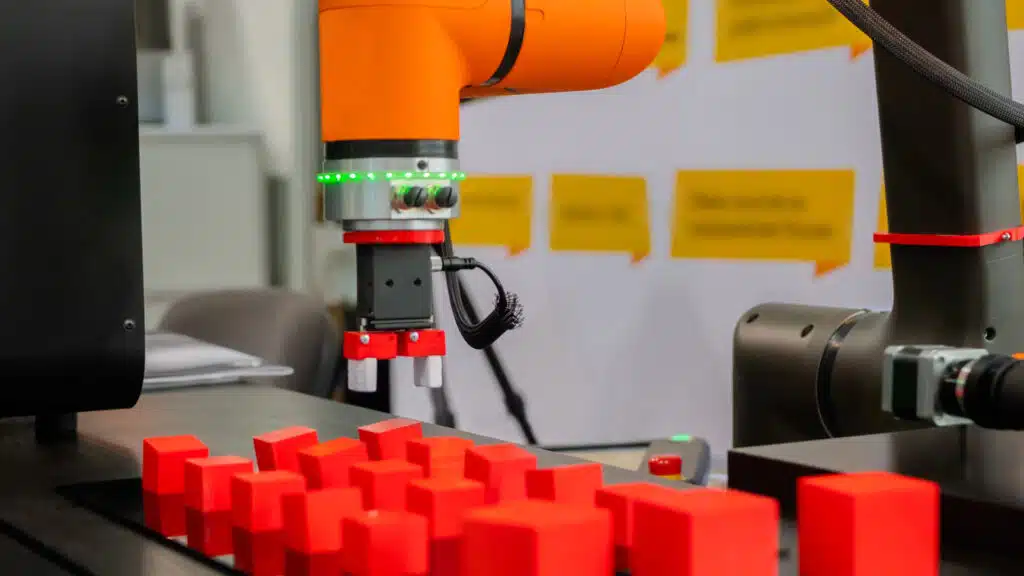The News: Elastic, the company behind the open source project that feeds into the Elastic stack, released 8.12 this week. Read the announcement blog here.
Elastic Stack 8.12 Release: An In-Depth Analysis
Analyst Take: Elastic Stack, comprising components such as Elasticsearch, Kibana, Beats, Logstash, and more, stands as a pivotal solution in the data analysis and visualization domain. Its role is significant in the wider IT landscape, particularly in the realms of big data and search analytics. Elastic Stack’s versatility is evident from its deployment flexibility, being available both as a cloud service across major providers such as Amazon Web Services (AWS), Google Cloud, and Azure, and as an on-premises solution. This dual deployment capability caters to diverse business needs, from those requiring cloud scalability to those demanding onsite data control.
The uniqueness of Elastic Stack lies in its ability to ingest, process, and visualize vast amounts of varied data. Tools such as Elastic Agent and Beats facilitate data collection, while Fleet manages these agents. Elastic APM and Elasticsearch ingest pipelines play crucial roles in performance monitoring and data transformation, respectively. Logstash’s real-time data pipelining and Elasticsearch’s distributed search and analytics engine underscore the Stack’s capability to handle complex data workflows efficiently.
In the context of an evolving digital landscape, Elastic Stack’s comprehensive approach to data management positions it as a robust solution for organizations aiming to leverage data for strategic insights and operational efficiency.
Announcement Overview: Elastic Stack 8.12 Release
The recent announcement of Elastic Stack 8.12 heralds significant advancements, enhancing its capabilities further. The release, built on Apache Lucene 9.9, showcases improvements in text, vector, and hybrid search, with notable contributions toward scalar quantization and search concurrency. The optimization in query parallelization in Elasticsearch and the enhancements in Kibana, including ES|QL query editing in Dashboard, are standout features.
Key highlights of the release include:
- Scalar Quantization and Fused Multiply-Add (FMA): These advanced features in Elastic Stack 8.12 significantly enhance data processing. Scalar Quantization reduces element sizes, lowering storage needs and operational costs, while Fused Multiply-Add optimizes computations by merging multiple operations, improving performance and reducing query latency.
- Query Parallelization: This update in Elastic Stack 8.12 accelerates search and aggregation by distributing the workload of queries across multiple threads, enhancing system responsiveness and efficiency, particularly for complex and large datasets.
- ES|QL Query Editing: Now integrated into Kibana Dashboards, ES|QL Query Editing allows users to directly edit queries within the dashboard, simplifying the workflow and enhancing the learning experience with in-app documentation. This feature is especially beneficial for new users or those expanding their query language skills.
- Geospatial Capabilities: Elastic Stack 8.12 introduces geospatial data handling with geo queries in ES|QL and the ability to create runtime fields for geo_shape data. These features open up new avenues for location-based data analysis and visualization, offering flexibility in spatial data management.
- Pipeline and Routing Simulation Features: Enhanced simulation capabilities in Elastic Stack 8.12 allow for testing and validation of data routing and processing strategies, improving the accuracy and efficiency of data ingestion processes. This not only ensures robust data handling but also adds to the reliability of the Elastic Stack’s data processing framework.
These advancements reflect Elastic Stack’s commitment to continuous improvement, ensuring its users benefit from cutting-edge data management capabilities.
How Does This Release Enhance the Developer Experience?
The release of Elastic Stack 8.12 brings several impactful features that significantly enhance the developer experience. Incorporating Scalar Quantization, Fused Multiply-Add (FMA), and Lucene 9.9 enhancements reduces costs and query latency. By leveraging these technologies, developers can achieve faster vector search performance, ultimately improving the efficiency of their applications. Introducing kNN (k-Nearest Neighbors) vector search as a query further elevates the developer experience, enabling more advanced and precise querying methods.
One standout addition in Elastic Stack 8.12 is the int8_hsnw index type designed for int8 quantization in the Hierarchical Navigable Small World (HNSW) search. This innovative index type automatically quantizes to limits the potential values or states to specific discrete magnitudes, allowing certain variables to adopt only those values. float32 values into int8 byte values. Although this results in a 25% increase in disk usage, it brings about a remarkable 75% reduction in the memory required for fast HNSW search. This resource usage and overhead reduction is particularly beneficial for dense vector search scenarios. Additionally, the release introduces the capability to enable query phase parallelism within a single shard, enhancing scalability and concurrency for developers working with large datasets and complex search operations. These features empower developers to build more efficient, resource-conscious applications with improved search capabilities.
Looking Ahead
The Elastic Stack 8.12 release is emblematic of the product’s ongoing evolution and its commitment to addressing the complex data challenges faced by modern organizations. The enhancements in vector search, query parallelization, and user experience improvements signify Elastic’s focus on efficiency, speed, and ease of use.
Scalar quantization and FMA, for instance, are not just technical improvements; they represent a strategic shift toward more cost-effective and faster data processing, crucial for businesses dealing with large-scale data operations. Similarly, the enhancements in ES|QL and the new geospatial capabilities align with the increasing demand for sophisticated, yet user-friendly data analysis tools.
Elastic Stack 8.12 is more than just an update; it is a strategic enhancement to an already powerful suite of tools. It addresses key trends in data analytics and management, such as the need for speed, efficiency, and scalability, while simplifying user interaction. This release not only solidifies Elastic Stack’s position in the IT industry but also sets the stage for future innovations that will continue to shape the way organizations manage and derive value from their data.
Disclosure: The Futurum Group is a research and advisory firm that engages or has engaged in research, analysis, and advisory services with many technology companies, including those mentioned in this article. The author does not hold any equity positions with any company mentioned in this article.
Analysis and opinions expressed herein are specific to the analyst individually and data and other information that might have been provided for validation, not those of The Futurum Group as a whole.
Other Insights from The Futurum Group:
Application Development and Modernization
The Evolving Role of Developers in the AI Revolution
Revolutionizing Cloud-Native Apps through WebAssembly Development








